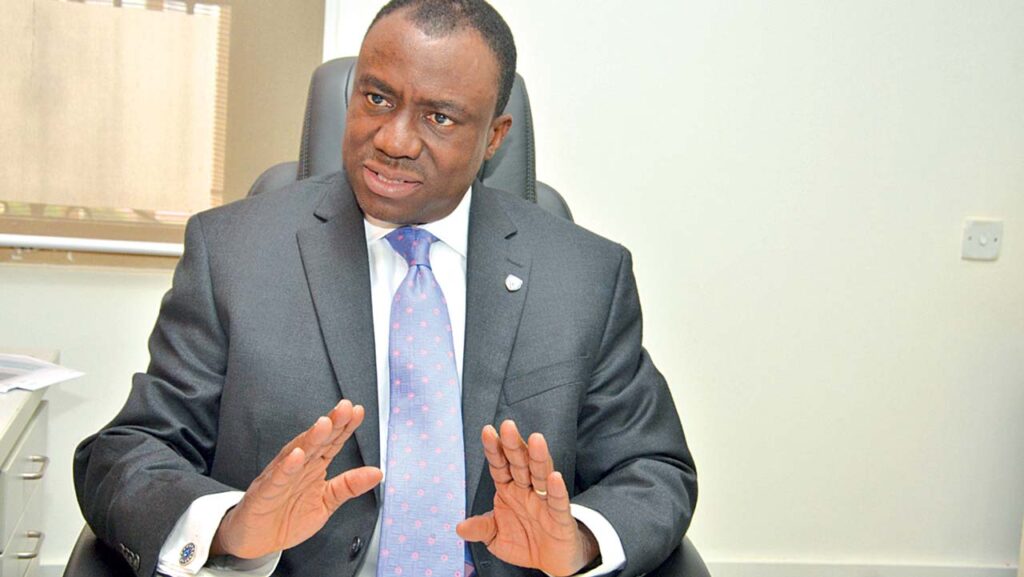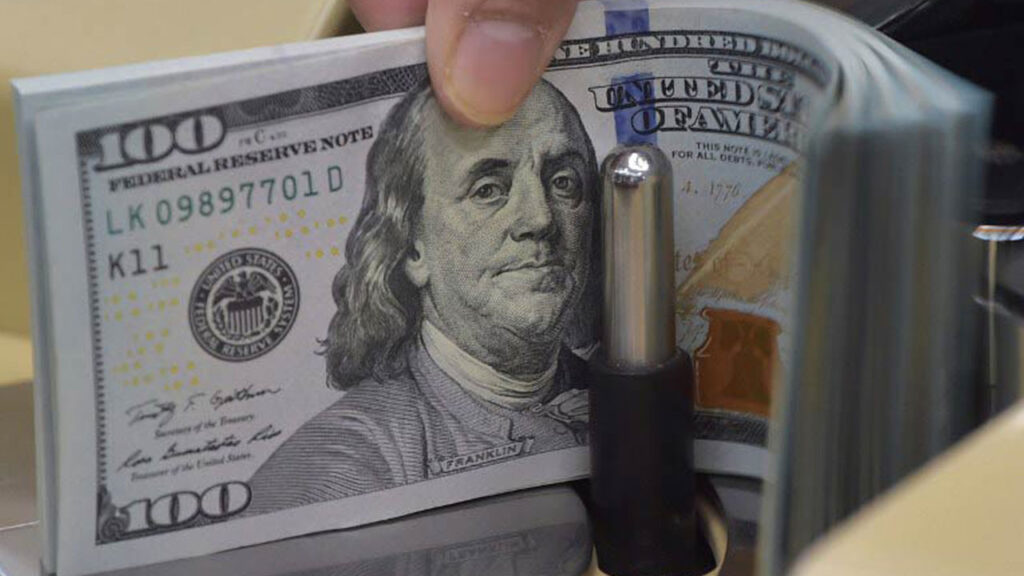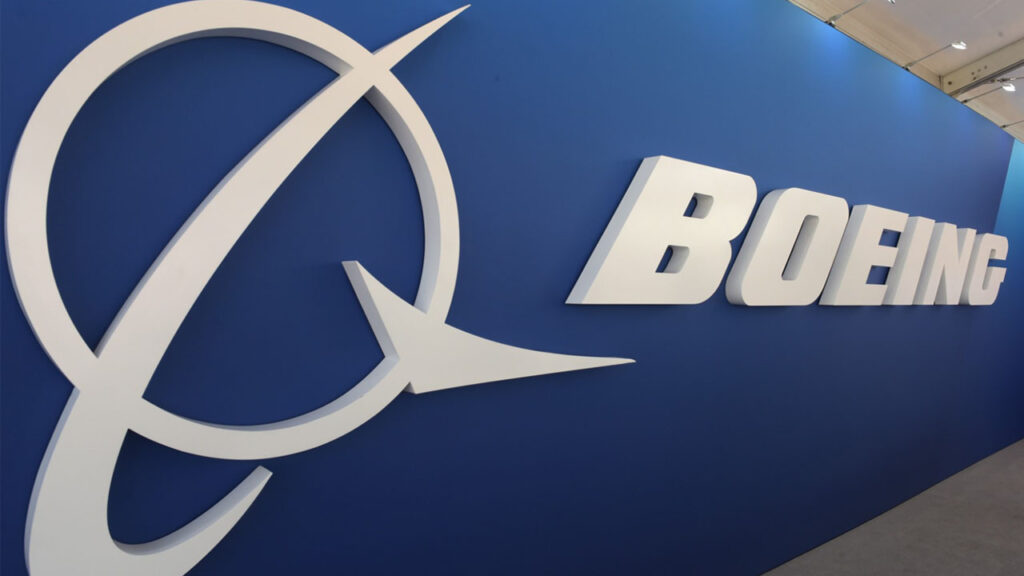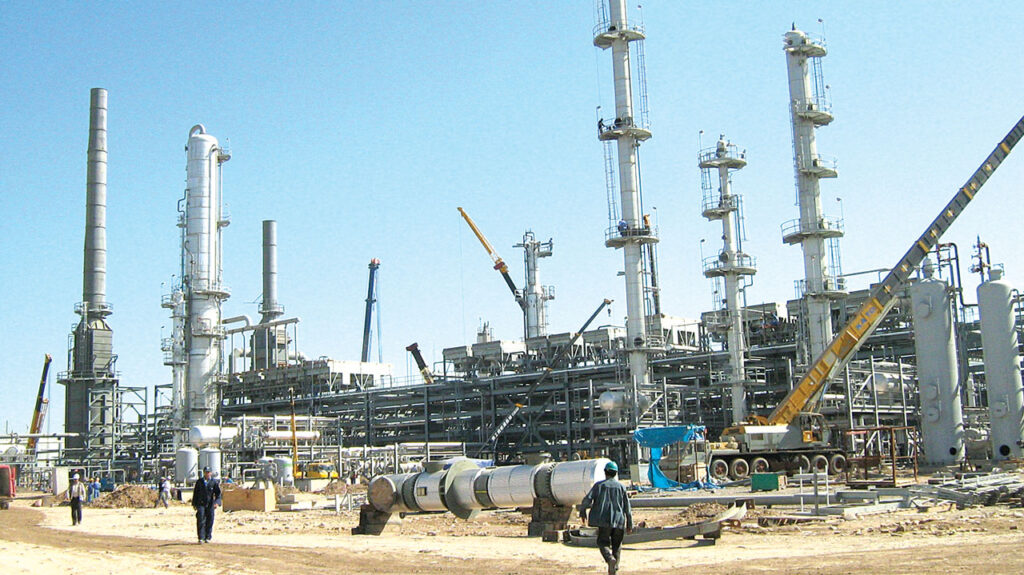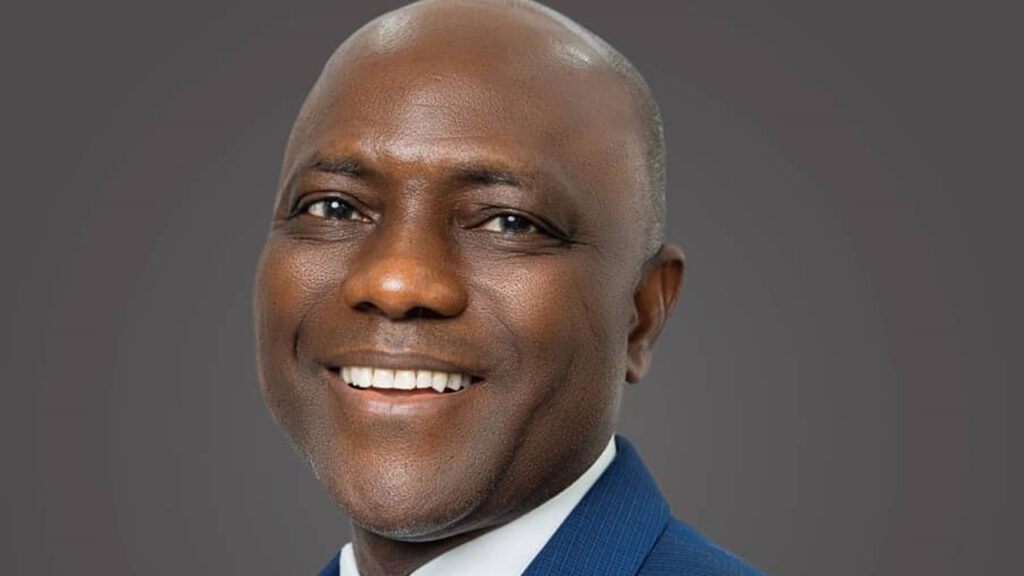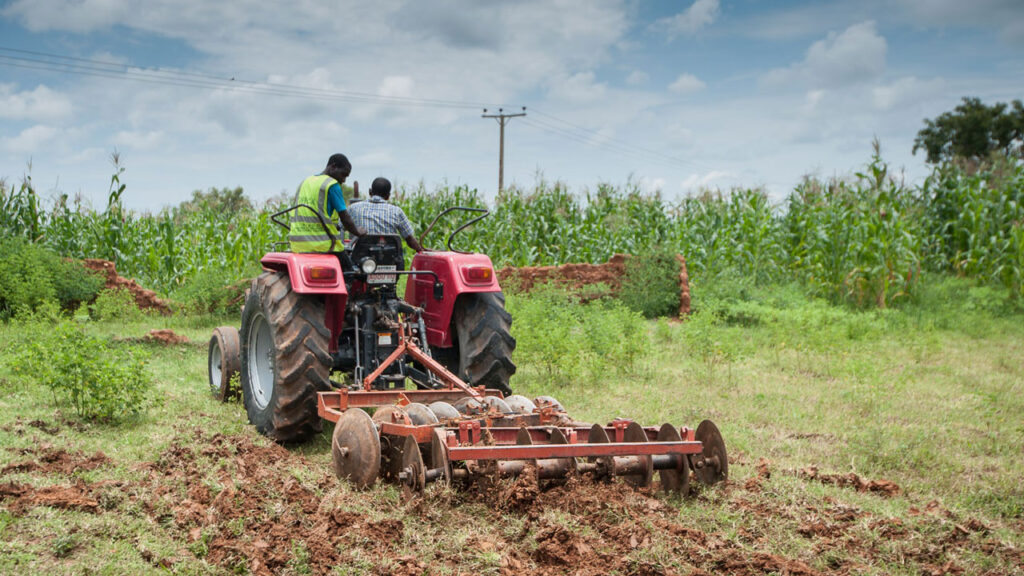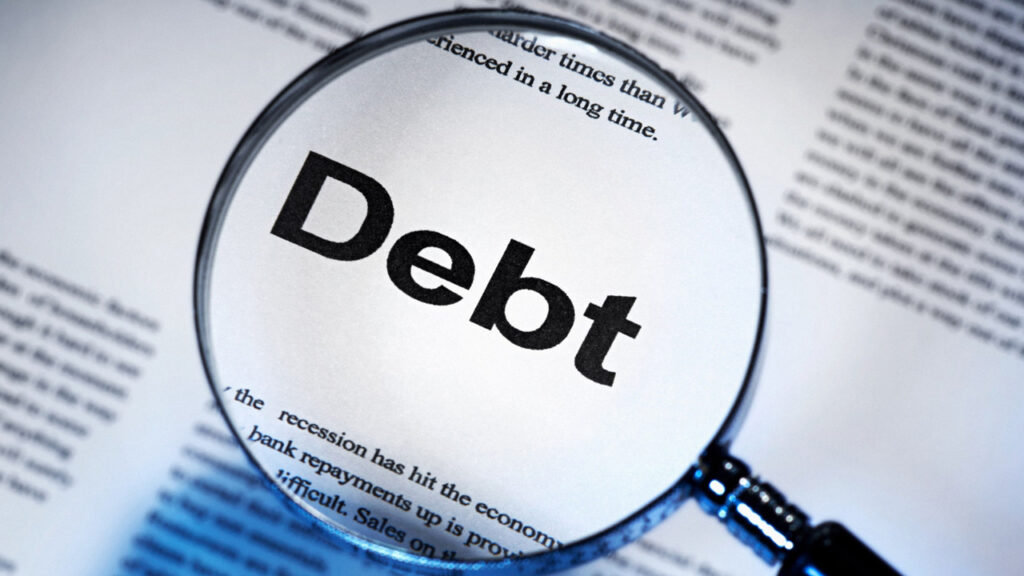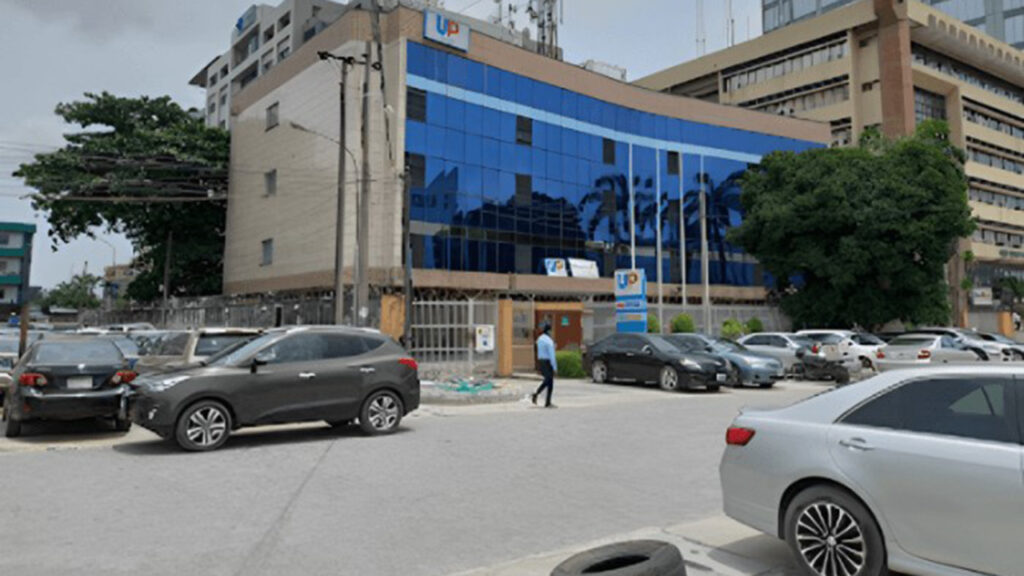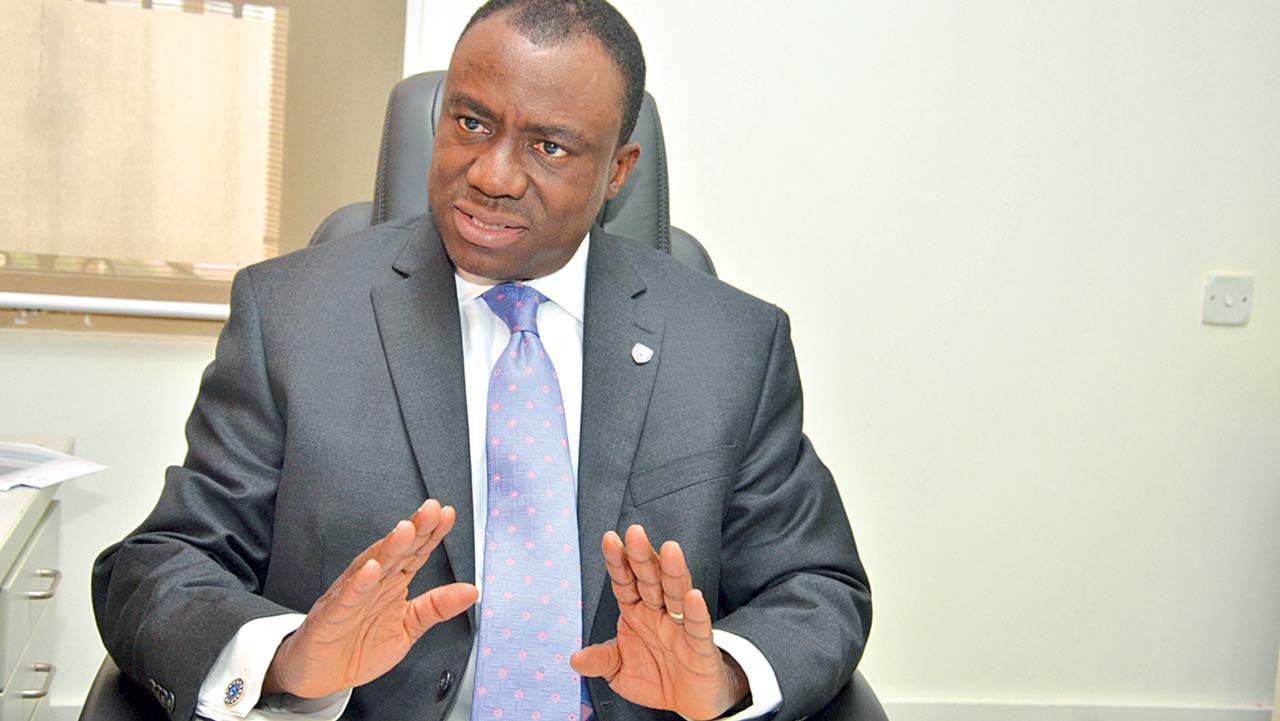
To further address the energy inefficiency in the country, the Chief Executive Officer, Stanbic IBTC Holding Plc, Dr. Demola Sogunle, said N350 billion fund has been raised to support customers in the energy sector.
Sogunle revealed this at the Stanbic IBTC Energy and Infrastructure Breakfast Session, in Lagos, saying that the bank is committed to fostering excellent connectivity between businesses and untapped markets, facilitating trade expansion, and positioning Stanbic IBTC Bank as the preeminent institution offering tailored solutions for Nigeria’s energy and infrastructure landscape.
He said the bank is committed to the energy industry at large and must refocus on sustainability and think long-term. “In tackling security and ensuring stability in the industry, we must “think sustainability” and operate responsibly.
“In doing this, we must collaborate; as we can impact people and communities more collaboratively.”
He said that the bank is nurturing growth in sectors of the economy that drive potential development across the nation.
Speaking also at the programme, the guest speaker of the event, who spoke extensively on the development of petroleum in the country, the Chief Executive Officer of Rainoil Limited, Gabriel Ogbechie, pointed out that with Nigeria’s daily fuel usage at 40 million liters and the foreign exchange rate at N1, 300, the government’s subsidy per liter of fuel falls between N400 and N500, culminating in a monthly total of approximately N600 billion.
According to him, When the President came in May last year, one of the things he said was that Subsidy was gone. And truly subsidy was gone because immediately the price of fuel moved from 200 per litre to 500 per liter. At that point truly, subsidy was gone.
“During that period, the Dollar was exchanged for N460, but a few weeks later, the government devalued the exchange rate. And the Dollar moved to about N750. At that point, the subsidy was beginning to come back.
“The moment the two markets officially closed, officially the market went to about N1,300. At that point, that conversation was out of the window. Subsidy was fully back on petrol. If you want to know where petrol should be, just look at where diesel is. Diesel is about N1,300 and petrol is still selling for N600.
“So I can tell you for free that there is at least N400 or N500 liters subsidy on petrol today. If you look at our daily consumption, say 40 million liters, and we’re spending N500 per liter, that is about N20 billion every day, N600 billion every month and N7.2 trillion yearly depending on how we look at it. So, the subsidy is back on petrol,” he said.

